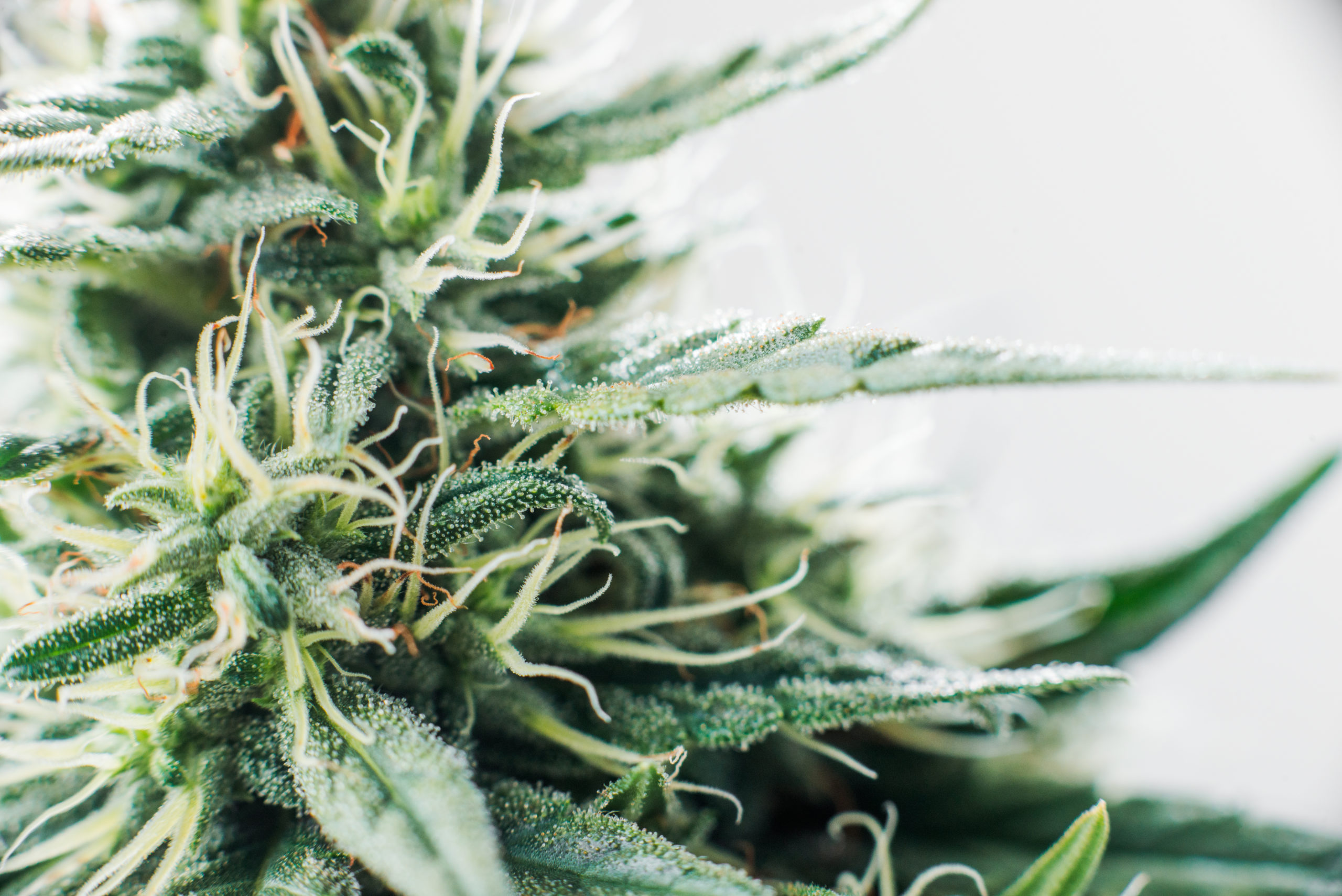The distinct aroma of cannabis – some love it, some don’t – but either way, what creates this unique fragrance is something quite complex and powerful – terpenes. What are terpenes? And why should you care? Knowing what they are and what they do will give you a new appreciation of this sacred plant, so let’s dive in!
Think of terpenes as essential oils, the aromatic compounds that give blueberries their blueberry taste and lavender its lavender smell. Although they are under researched at this time, they are among the fastest growing areas of interest in cannabis due to their potential influences on cannabis experiences and their many potential medical benefits. We do know that some terpenes may be pain relieving, sedating, energizing, anti-inflammatory, or antiviral (and the list goes on). Terpenes play an important role in the effects of CBD and THC through the entourage effect, which we will come back to a bit later. Here’s an easy way to wrap your head around how they work together – cannabinoids, such as THC and CBD, are like the engine of a car, and terpenes are like the steering wheel.
There are around 120 different cannabis terpenoids that have been identified so far, and when you learn what the terpene profiles are in various cannabis strains, you can start choosing strains based on how you’d like to feel.
Common Terpenes
Here are a few of the most common terpenes you’ll find in your favorite cannabis strains and what science has revealed about their primary potential therapeutic benefit.
- Myrcene = Relaxing. Myrcene smells like cloves and herbs. It is the most common terpene in cannabis, and you can find high levels of it in strains like OG Kush, Blue Dream and Grape Ape. Also found in lemongrass, thyme and mango.
- Limonene = Energizing. Limonene smells like citrus, and inhalation of limonene increases serotonin and dopamine levels in key regions of the brain that are associated with anxiety, depression and stress. Look to strains such as Super Lemon Haze, Banana OG and Wedding Cake for high levels of limonene. Also found in citrus fruits, peppermint and eucalyptus.
- Beta Caryophyllene = Pain relieving, anti-inflammatory. Beta Caryophyllene acts as a cannabinoid, activating CB2 receptors of the endocannabinoid system. It has a woody and spicy smell. High levels are found Death Star, Bubba Kush and Sour Diesel. Also found in hops, cloves, rosemary and black pepper.
- Pinene = Soothing, comforting. Pinene smells like pine and is great for opening bronchial passages. You’ll find high levels in strains such as Purple Kush, Snoop’s Dream and Critical Mass. Also found in pine needles, basil, parsley, and dill.
Terpenes & the Entourage Effect
The term entourage effect was created by professors, S. Ben Shabat and Raphael Mechoulam, to represent biological synergy of cannabinoids and other compounds, such as terpenes. A central understanding of the use of botanical remedies is that herbs contain many active ingredients. Primary active ingredients may be enhanced by secondary compounds, which act in beneficial synergy. Other herbal constituents may mitigate the side effects of dominant active ingredients.
Terpenes interact with our endocannabinoid system and assist cannabinoids in entering the bloodstream through the entourage effect. Ethan Russo, a leading medical cannabis doctor and researcher, says that cannabinoids and terpenoids are half-siblings and that terpenes are critical components to the medicinal effects of cannabis. He also found evidence showing that terpenes can enhance the beneficial effects of THC and reduce its adverse effects.

How Consumption Methods Affect the Effects of Terpenes
The effects and benefits of terpenes can vary based on the consumption method utilized. With inhalation of flower or extracts, many of the fragile terpenes are lost due to the high heat of direct fire, especially via smoking. Vaporization, on the other hand, allows for greater temperature control and can reduce the number of terpenes lost, giving this inhalation method greater access to their therapeutic benefits and a fuller flavor profile.
With oral consumption of edibles, much more research is needed to fully understand the effects. What has been revealed so far are various beneficial digestive effects. For example, myrcene has been found to reduce the formation of ulcers in the stomach and small intestines, linalool has shown to protect the liver from damage, and limonene has shown to have similar benefits to myrcene and as an edible digests, may also increase the absorption of the cannabis compounds through the stomach and intestines.
Now that you know about terpenes, you are more likely to understand why you should indeed care. It’s important to note that since everyone is different, you may have an entirely opposite experience from a terpene or terpene profile than that of another person. Experiment with caution and keep notes with which terpenes you consume along with pertinent dosing information, so you can use your own data to guide your future purchasing decisions.




